Coffee Variety | Kaduai article | what are the characteristics of Kaduai Catuai
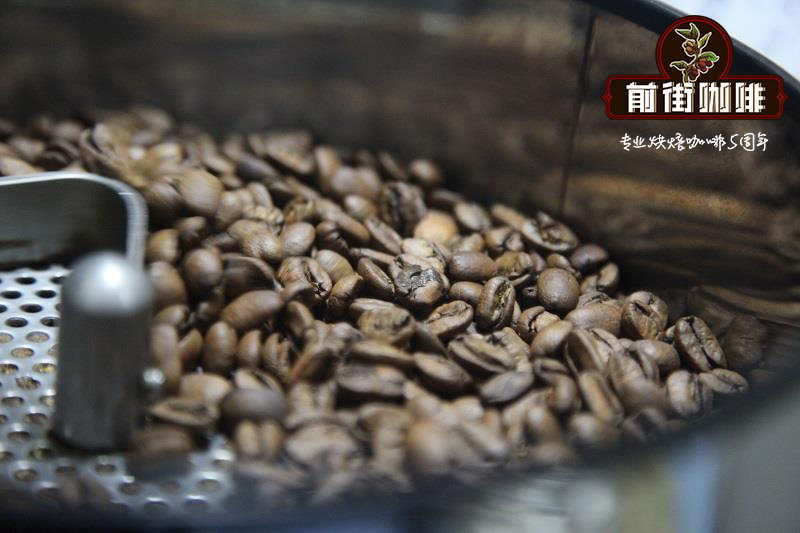
The Catuai line of coffee has been produced for more than 40 years, and although it is no longer a novelty in the market, its value lies in its high yield, reliable quality and potential profitability of producers.
Recently, there are signs that Kaduai may be reviving. In 2019, many varieties of Kaduai achieved excellent results and were listed as the best coffee in the world, or won awards of excellence in Brazil for two consecutive years.
In order to explore why this happens, the full nature of this diversity needs to be fully explored. Here's what you may not know about Kaduai.
Where does it come from? What does it look like?
Kaduai was first introduced to Brazil in 1972. It is a genetic hybrid of two natural Arabica (Arabica), one of which is yellow Kaddura (Caturra) and the other is New World (Mundo Novo). Because it is a smaller plant, it can be planted closer together, creating a higher planting density and allowing easier access to its cherries during harvest.
Kaduai was first introduced to Guatemala in 1970 and now accounts for 20% of the country's coffee production. It was then introduced to Honduras in 1983 and now accounts for almost half of all Arabica cultivation. Finally, it was introduced to Costa Rica in 1985.
Although Kaduai has many subtypes, in most Central American countries, most subtypes do not have their own technical names.
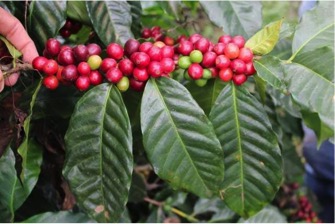
Production and processing
Kaduai's first harvest is usually only three years later. It is a plant that responds well to lime and fertilizer, which means that management in the production process can help determine the productivity of a plant.
The methods of processing and drying vary from country to country. Brazilian traditional tanning kaduai are more popular because they add taste to the cup and create a unique silhouette. In Central America, honey-treated coffee is growing among small producers.
Kaduai's biggest problem is its poor resistance to rust, fungal infections and pests. However, with the emergence of a new generation of varieties, this situation is changing. The native soil of Brazil tends to produce plants that do not rust as easily as other producing countries because of the more stable climatic conditions.
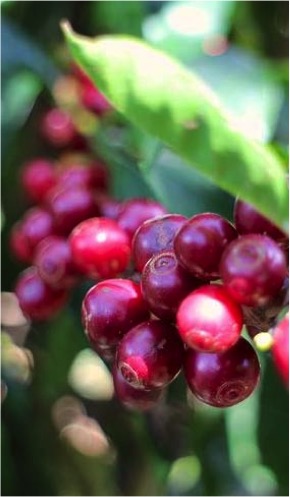
Kaduai Cup
Kaduai can have a variety of attributes and sensory qualities, depending on how it is produced and where it is processed. Main flavors: chocolate, caramel, caramel, honey, almonds, and spices of nutmeg and sweet grass. Light to moderate baking is recommended to show its best quality.
When it comes to different colors of Kaduai, there is no obvious difference in taste. Hanna Neuschwander, director of public relations at World Coffee Research, told me: "the effects of taste on genetic differences (for example, red and yellow) have not been well studied." As far as I know, there are no good experiments to isolate it. "
Jose said that for him, the red Kaduai can have a fuller body, and the yellow Kaduai can have a softer body, but it depends on the climatic conditions and altitude during the growth period, as well as post-harvest processing. Red Kaduai coffee beans tend to produce more complex coffee.
Important Notice :
前街咖啡 FrontStreet Coffee has moved to new addredd:
FrontStreet Coffee Address: 315,Donghua East Road,GuangZhou
Tel:020 38364473
- Prev
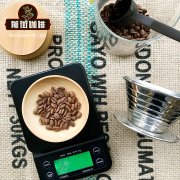
The Rise of Yunnan Coffee| What is the future of Yunnan coffee?
In recent years, the development of Chinese specialty coffee has been rapid, and under the guidance of major mentors in Yunnan and other international CQI Q mentors, China has begun to implement Q plan. CQI partnered with Yunnan Coffee Exchange and other domestic partners as well as government projects in 2015 to help improve the quality of coffee and the lives of coffee producers. CQI and YCE have a wide range of projects, including specialty
- Next
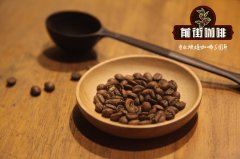
How to identify different kinds of coffee | how to identify Arabica types
There are hundreds of kinds of coffee, but about 70% of the world's coffee production is Arabica coffee. Although Arabika is more vulnerable than Robusta, its taste and aroma make it more attractive to most consumers. There are many varieties of Arabica, a small number of which are grown for specialty and commodity markets. There are many reasons why producers choose to plant varieties, including yield,
Related
- Detailed explanation of Jadeite planting Land in Panamanian Jadeite Manor introduction to the grading system of Jadeite competitive bidding, Red bid, Green bid and Rose Summer
- Story of Coffee planting in Brenka region of Costa Rica Stonehenge Manor anaerobic heavy honey treatment of flavor mouth
- What's on the barrel of Blue Mountain Coffee beans?
- Can American coffee also pull flowers? How to use hot American style to pull out a good-looking pattern?
- Can you make a cold extract with coffee beans? What is the right proportion for cold-extracted coffee formula?
- Indonesian PWN Gold Mandrine Coffee Origin Features Flavor How to Chong? Mandolin coffee is American.
- A brief introduction to the flavor characteristics of Brazilian yellow bourbon coffee beans
- What is the effect of different water quality on the flavor of cold-extracted coffee? What kind of water is best for brewing coffee?
- Why do you think of Rose Summer whenever you mention Panamanian coffee?
- Introduction to the characteristics of authentic blue mountain coffee bean producing areas? What is the CIB Coffee Authority in Jamaica?

